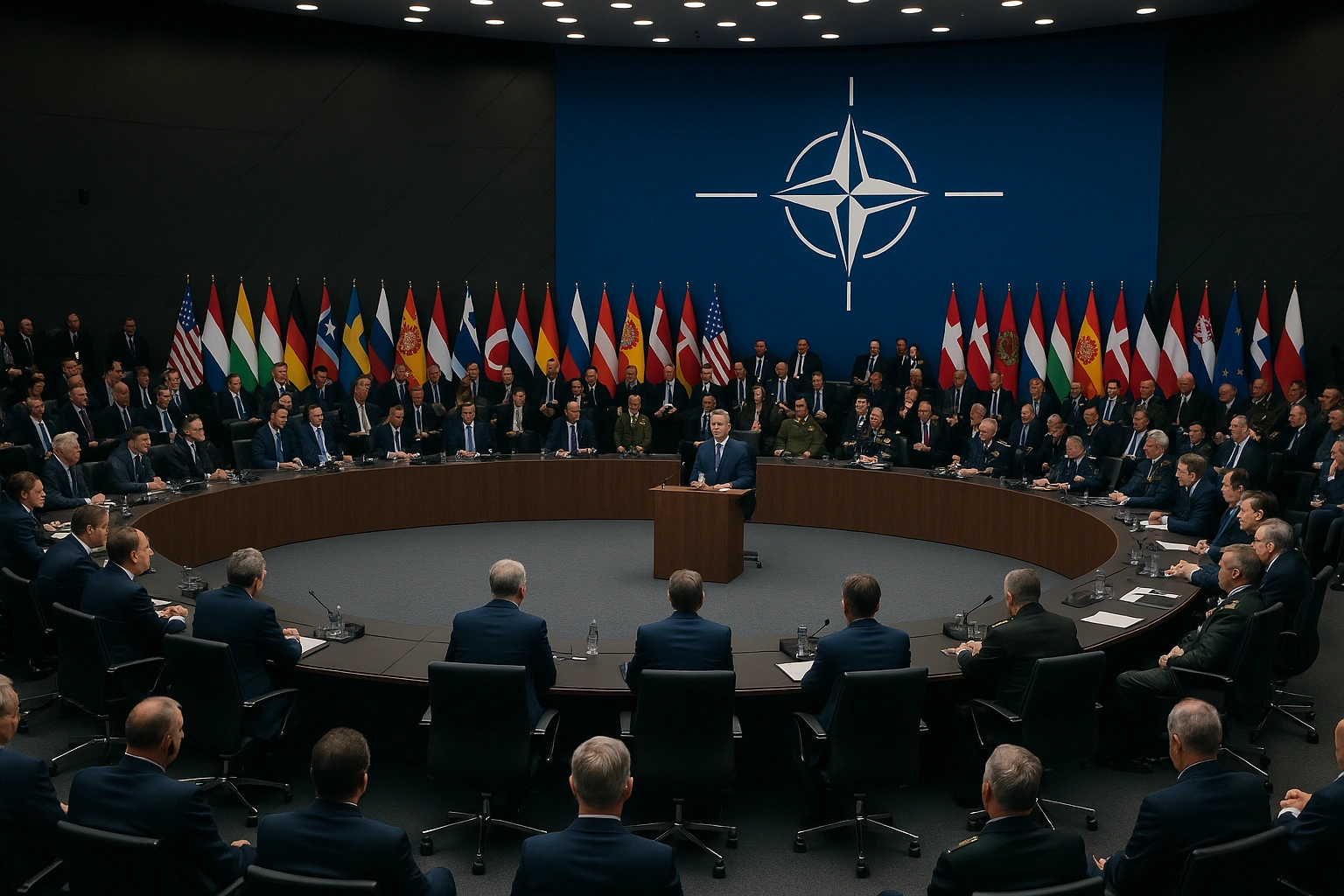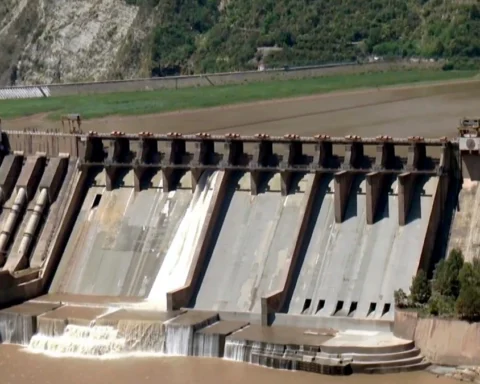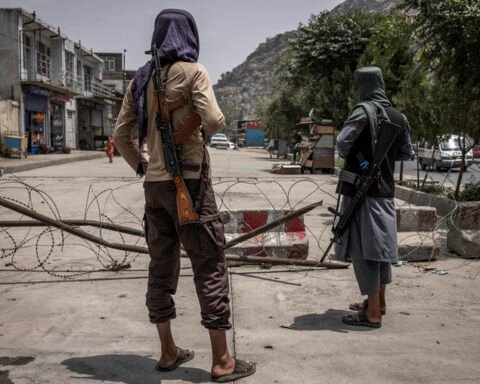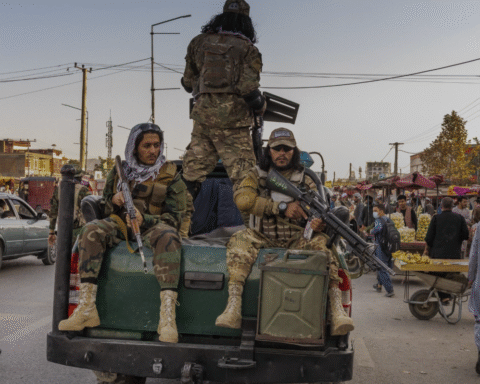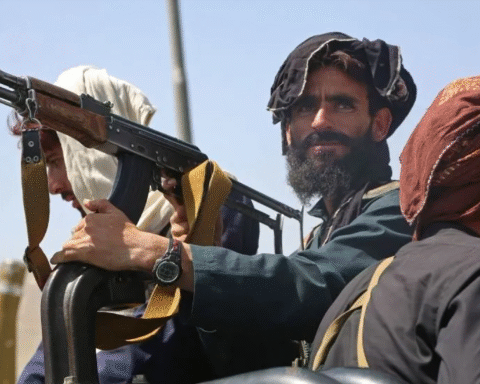In June 2025, NATO summit of leaders will convene in The Hague and what proved to be a ground-breaking summit in the history of the alliance, 76 years old midst. The most far reaching was a historic deal to raise collective defence and associated spending to 5 percent of GDP by 2035, much higher than the prior 2 percent target. This new promise is in answer to an increase in worldwide threats, and it highlights a rebirth of military readiness not only in the case of conventional wars, but in the world of hybrid, cyber, and infrastructure defence.
The tendency of the 5 percent commitment separation is straightforward: 3.5 percent will be set aside explicitly to go towards defence, including people, tools, training, and activation, whereas the one and a half percent will help other adjacent territories, including military movement, cybersecurity, crisis tolerant supply lines, and safeguarded places.
The decision is made with an increasing case of Russian aggression in Ukraine, non-state actors in cyber-attacks, and growing levels of insecurity in the Indo Pacific and Eastern Europe. NATO Secretary-General Mark Rutte termed the pledge of 5 per cent as a quantum leap to the future of the alliance and claimed that the move will future proof the states in the alliance against the changing dynamics of the security aspect.
Leadership Influence and US Pressure
US President Donald Trump contributed to this breakthrough as he employed rather a carrot and a stick policy. As Trump boasted of the agreement as a historic accomplishment, he did not hesitate on pressure as well as threaten Spain of trade restrictions in demanding the target. This was noted especially when few members reluctantly agreed to yield to diplomatic pressure. The NATO members have come under fire in the America First agenda which is spearheaded by Trump. It was culmination of years of lobbying by Washington to achieve more balanced transatlantic security alliance.
Despite of political tension, adoption of 5 percent pledge shows the level of gravity members currently display to threats in the world. Once again, the United Kingdom demonstrated its unrestricted support and promised to donate 350 air defence missiles to Ukraine promptly as well as purchase 12 new F-35A jets which will increase aerial capabilities the country to protect NATO members. The Prime Minister, Keir Starmer, wondered that the UK investment means that peace needs strength, and it goes according to the long-term strategy of NATO.
A Rapidly Evolving Threat Landscape
The high spending on defence is against a background of a constantly changing, dynamic security scene. The attention of NATO does not stop at the lives of Russian war in Ukraine; it also transcends to other threats like energy psychology, cyberattack, disinformation campaign, and economic blackmail. The alliance will highly enhance air defence mechanisms such as THAAD, patriot and short-range anti-missile shield particularly in Eastern Europe.
The so-called Capability Targets recently provided by NATO requires a 30 per cent growth in the amount of munitions held and accelerated schedules of strategic platforms. The targets are supposed to eliminate existing bottlenecks in ammunition and industrial capacity. Modernizing the logistics is also on the agenda, such as the military railways, and the drone defence corridors. Money is key, say some analysts, but the real difficulty will be the performance because despite a protracted workforce problem and ageing manufacturing capacity, many defence industries in Europe still struggle to perform.
Mixed Reactions Among NATO Members
The 5 percent threshold, although supported by most nations, was not a unanimous favourite. Such countries as Canada, Denmark, Poland, and Baltic countries were eager to follow the scheme. In Canada, the country declared that it would increase its spending on defence to 5 per cent (in the year 2035) and huge investment would be made in keeping the Arctic secure, surveillance networks, and modernisation of the navy. Denmark has already secured 3% and 5% is not too far behind, primarily because of regional threats on part of Russia.
Others however balked. Spain, Belgium, Slovakia as well as Italy among others were worried. Spain simply said she would not agree to the 5% target and struck a deal to waive that obligation, saying it was hamstrung by economic pressures and would rather deal with humanitarian and civil emergency situations. Prime Minister Pedro Sanchez has demanded that economic sustainability is part of strategic autonomy. Italy was however accused of taking advantage of a loophole and the risked having to pay a huge bridge linking it to Sicily through its defence spending thereby meeting the standards of the NATO. This attracted criticism and ridicule of the locals and foreigners.
Socioeconomic Trade Offs
Assuming the new target in NATO will cost more than 1 trillion dollars per year in all the countries in it, the question to have arisen among the critics is whether excessive spending in defence can be sustainable and by implication desirable. Whereas the advocates claim that the investment will benefit the creation of more jobs, competitiveness of defence industry, and national security, the opponents fear that the project will put social welfare programs, schooling, or action against climate change at risk.
Such outlets as Al Jazeera and The Times have expressed their apprehension about the militarization of the state budgets, as various defence budgets may end up with the ability to eliminate the most vital domestic investments. Nevertheless, some disagree that the new model of NATO, which consists of infrastructure, resilience, and technological advancements enables more unified and multi purposed expenditure to safeguard the military and civil society.
Implementation Timeline and Future Accountability
The GDP commitment, which is 5%, is not a blank check. By the middle of 2026, every country member of NATO should provide a more comprehensive national implementation plan, which should identify how the country plans to increase its defence spending in the corresponding decade. A review will be carried out in the year 2029 to gauge progress and adherence to the requirements of these roadmaps.
Means of increasing the transparency and accountability were also launched in NATO summit.
The countries will undergo a peer-review in terms of the industrial preparedness, logistics, and compatibility. NATO also plans to monitor not only the quality (such as cyber resilience, training time, and deplorability) but also quantities of improvement (such as troops, tanks).
Secretary-General Rutte stressed at the end of the summit, that this is not just about higher budgets. It is wiser spending, mobilizing faster and being two steps ahead. The feeling is same as the changed philosophy of the alliance: deterrence is not only military, but also systematic, networked and evolutionary.
Toward a More Secure NATO or a More Divided One?
The Hague Summit in 2025 will probably act as a turning point in the history of NATO in the modern formation. It has redefined duties in the defence, reoriented strategic locations, and has proved that NATO could change in countering crises. The alliance made it very clear to it enemies that Europe and North America were determined in defence and were ready to meet the expenses of peace, by signing the 5 percent GDP target.
The question is whether such unity lasts, and that depends on implementation, political will, and citizen approval. This strategy will result in a stronger and more balanced global security order in case of its successful implementation. However, when mismanaged it can lead to divisiveness, overwhelm economies, as well as drive against that which NATO is attempting to preserve. The commitment itself will be equal to the road leading to 2035.

